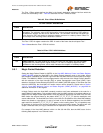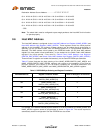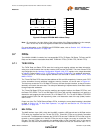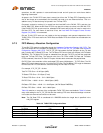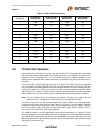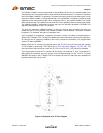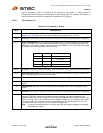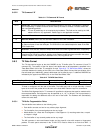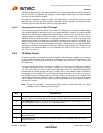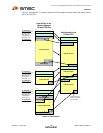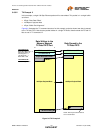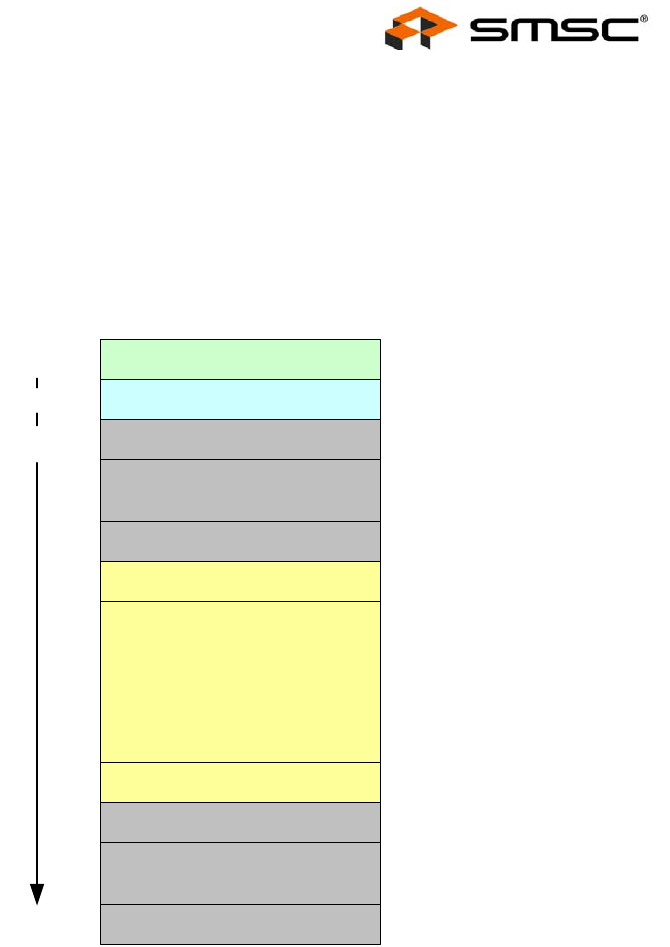
Two Port 10/100 Managed Ethernet Switch with 16-Bit Non-PCI CPU Interface
Datasheet
SMSC LAN9311/LAN9311i 125 Revision 1.4 (08-19-08)
DATASHEET
9.8.1 TX Buffer Format
TX buffers exist in the host’s memory in a given format. The host writes a TX command word into the
TX data buffer before moving the Ethernet packet data. The TX command A and command B are 32-
bit values that are used by the LAN9311/LAN9311i in the handling and processing of the associated
Ethernet packet data buffer. Buffer alignment, segmentation and other packet processing parameters
are included in the command structure. The buffer format is illustrated in Figure 9.4.
Figure 9.4 shows the TX Buffer as it is written into the LAN9311/LAN9311i. It should be noted that not
all of the data shown in this diagram is actually stored in the TX Data FIFO. This must be taken into
account when calculating the actual TX Data FIFO usage. Please refer to Section 9.8.5, "Calculating
Actual TX Data FIFO Usage" for a detailed explanation on calculating the actual TX Data FIFO usage.
9.8.2 TX Command Format
The TX command instructs the TX FIFO controller on handling the subsequent buffer. The command
precedes the data to be transmitted. The TX command is divided into two, 32-bit words; TX command
‘A’ and TX command ‘B’.
There is a 16-bit Packet Tag in the TX command ‘B’ command word. Packet Tags may, if host software
desires, be unique for each packet (i.e., an incrementing count). The value of the tag will be returned
in the TX status word for the associated packet. The Packet tag can be used by host software to
uniquely identify each status word as it is returned to the host.
Figure 9.4 TX Buffer Format
TX Command 'A'
Offset + Data DWORD0
.
.
.
.
.
Last Data & PAD
031
1st
2nd
3rd
Last
Host Write
Order
Optional Pad DWORD0
.
.
.
Optional Pad DWORDn
TX Command 'B'
Optional offset DWORD0
.
.
.
Optional offset DWORDn





